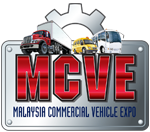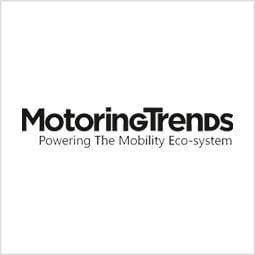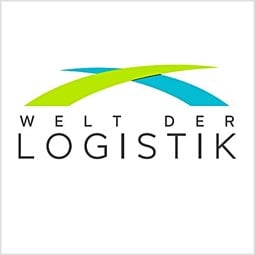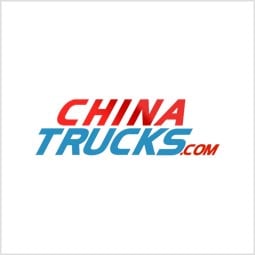News Archiv 2018-EN
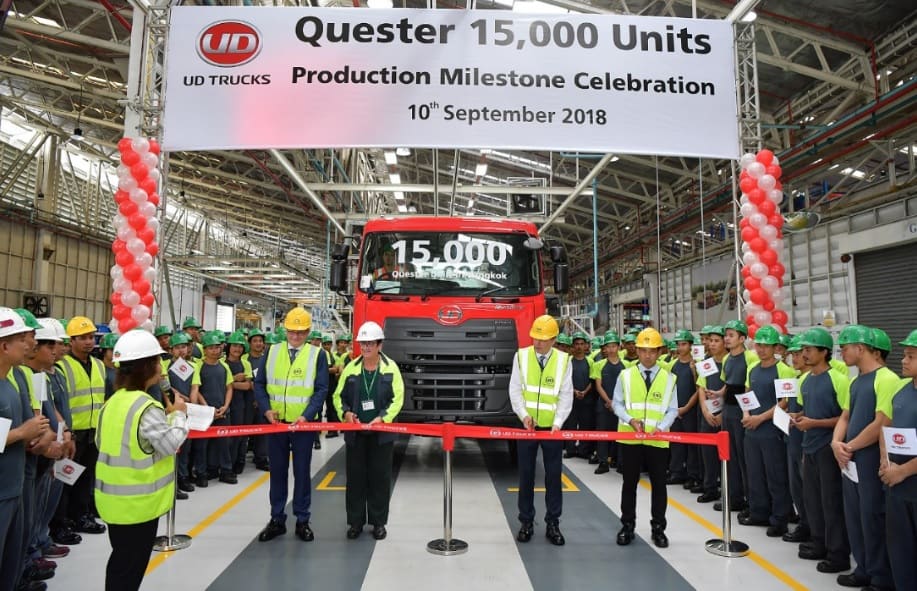 Made to go the extra mile, Quester continues to accelerate progress by boosting business productivity, elevating local skillsets and supporting communities across key markets
Made to go the extra mile, Quester continues to accelerate progress by boosting business productivity, elevating local skillsets and supporting communities across key markets UD Trucks celebrated its remarkable business achievement of 15,000 Quester units production, highlighting its unwavering commitment of “Going the Extra Mile” to customers’ businesses and the region. Announced at UD Trucks’ Bangkok plant, this business milestone represents the Japanese transportation solutions provider’s trusted legacy worldwide with the enhanced Quester line.
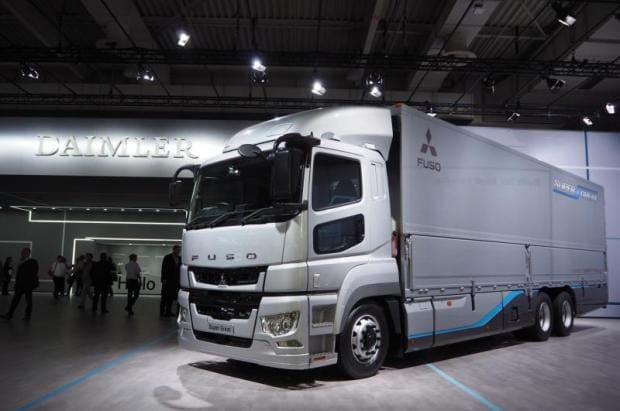 Daimler AG is committed to investing in a truck and bus assembly in Rayong Province, Thailand. In Asia, Daimler mainly markets the Japanese Fuso brand. The German company acquired an 89.3% stake in Mitsubishi Fuso Truck and Bus Corporation (MFTBC) in 2005 from Mitsubishi Motors Corporation.
Daimler AG is committed to investing in a truck and bus assembly in Rayong Province, Thailand. In Asia, Daimler mainly markets the Japanese Fuso brand. The German company acquired an 89.3% stake in Mitsubishi Fuso Truck and Bus Corporation (MFTBC) in 2005 from Mitsubishi Motors Corporation.
MFTBC recently announced the construction of an assembly plant in Thailand at an investment cost of 12 million Euros. The plant will be in Rayong, one of the host provinces of Thailand’s flagship Eastern Economic Corridor (EEC). MFTBC aims to acquire land sufficient for a 6000 – 7000 square metre facility.
Production capacity is targeted at 4000 assembled trucks and buses a year, mainly for the Fuso brand. The Rayong plant will produce Mercedes-Benz trucks in the future, so the operation is dubbed Daimler Commercial Vehicles Manufacturing Thailand. Construction at the plant for completely knocked down vehicles is scheduled to begin next month with output beginning in November 2019 for the FJ 2528C model.
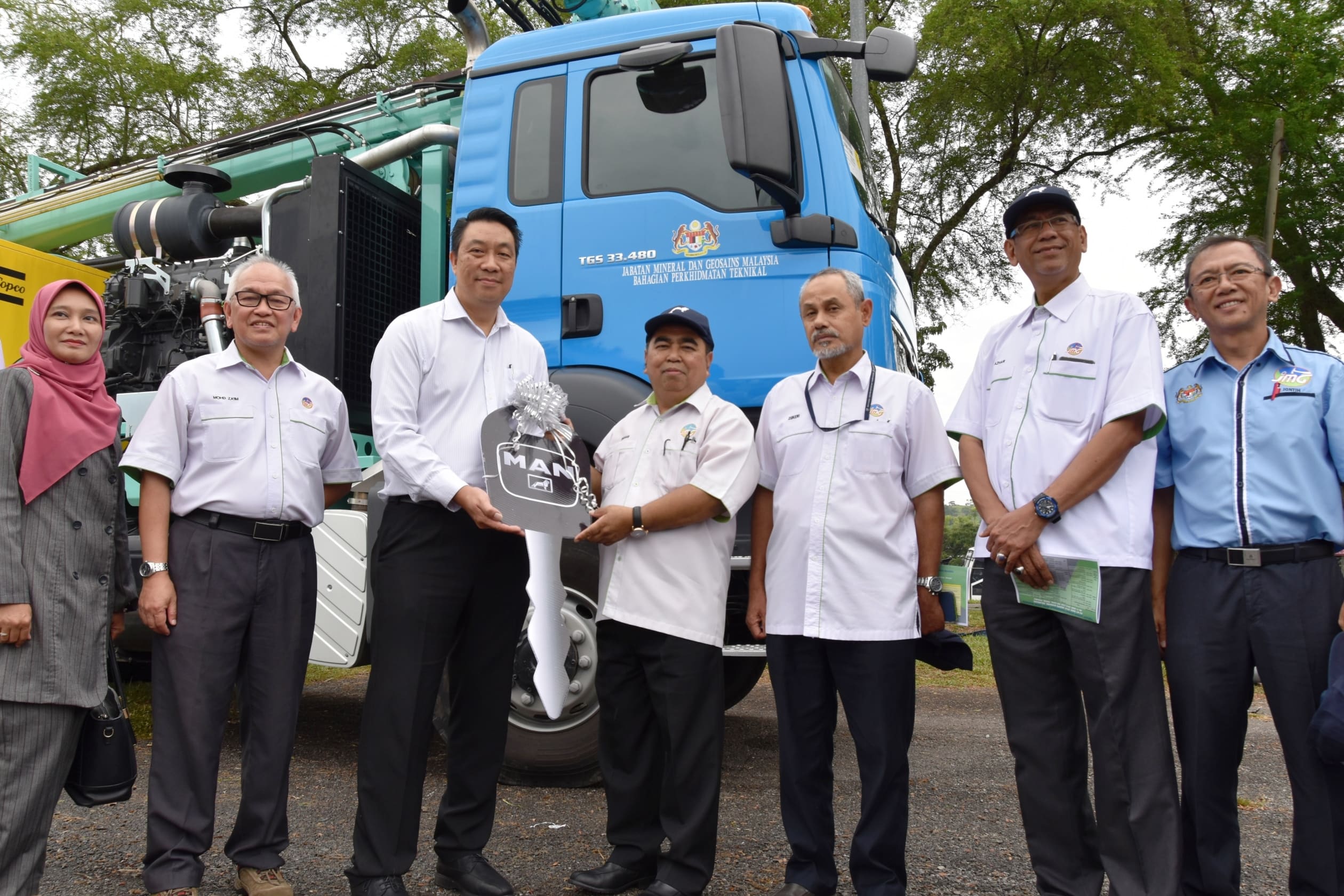 MAN Truck and Bus (M) Sdn Bhd (MAN), together with Massenza Drilling Rigs have recently handed over a MAN TGS 33.480, 6x6 truck to the Department of Mineral and Geoscience Malaysia (JMG).
MAN Truck and Bus (M) Sdn Bhd (MAN), together with Massenza Drilling Rigs have recently handed over a MAN TGS 33.480, 6x6 truck to the Department of Mineral and Geoscience Malaysia (JMG).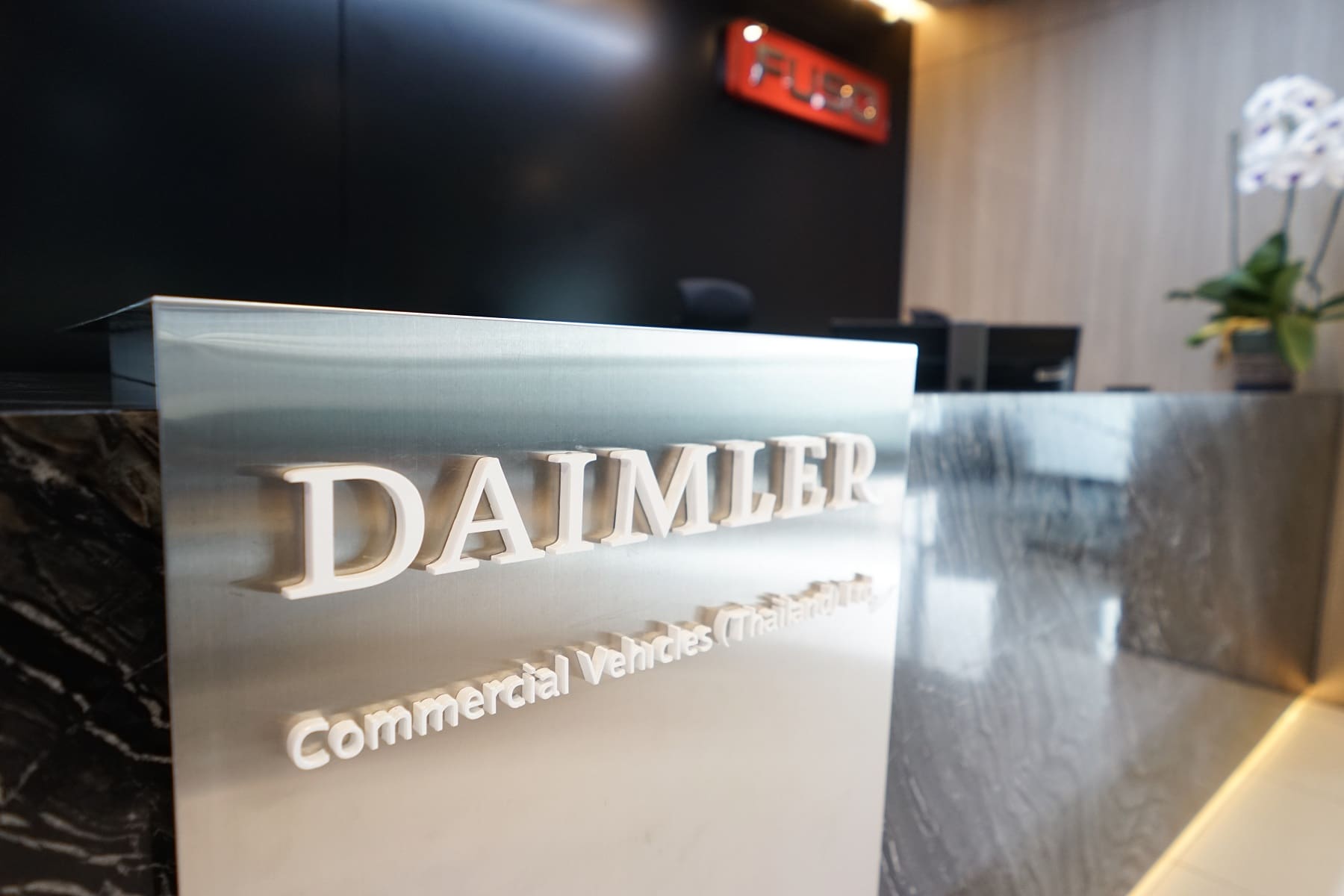
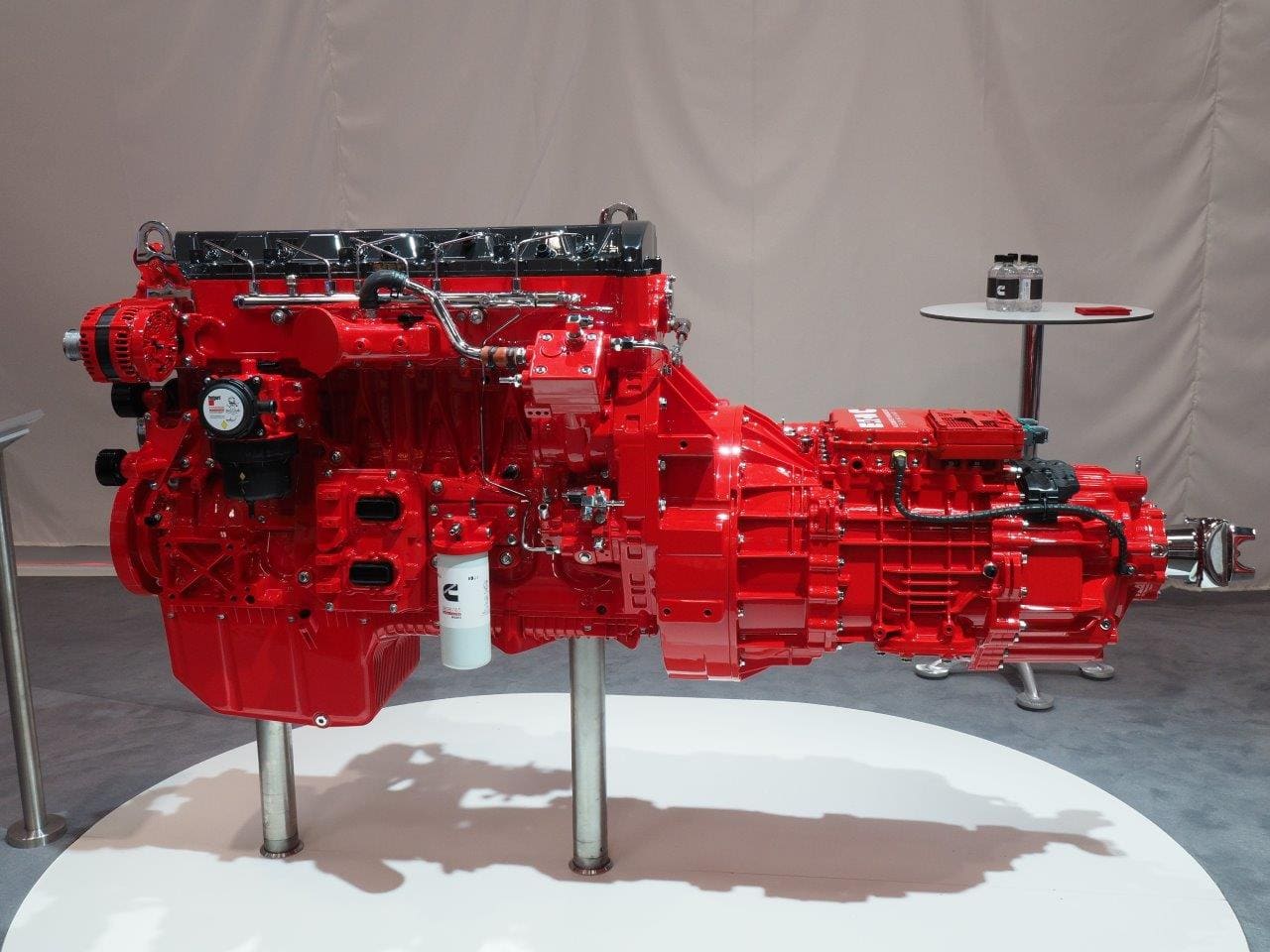 Cummins Inc. introduced innovations that will achieve a low nitrogen oxides (NOx) emissions future and achieve a reduction in the carbon footprint, today at the IAA Commercial Vehicles Show.
Cummins Inc. introduced innovations that will achieve a low nitrogen oxides (NOx) emissions future and achieve a reduction in the carbon footprint, today at the IAA Commercial Vehicles Show. The Cummins technology display, features a concept emissions control system capable of minimizing emissions to levels previously thought unfeasible, including a possible next level of Euro VII regulations anticipated during the coming decade. Combine this with the latest smart digital technologies and Cummins is representing the next leap forward in diesel engine evolution.
“This innovative system allows further reduction in NOx and PM emissions, while simultaneously improving fuel efficiency,” said Tim Proctor, Cummins Executive Director of Product Management & Market Innovation. Other innovative technologies under development by Cummins to reduce friction and parasitic losses will also continue to make the diesel engine even more productive and energy efficient. Additionally, the use of enhanced design tools and advanced materials such as composites will bring opportunities to reduce component weight while retaining strength, further enhancing vehicle productivity.” “While Cummins has a vigorous electrification program underway, our other key message at IAA is that the diesel engine is not standing still,” added Proctor. “With our technical advancements, we see diesel remaining as the primary source of power in the commercial vehicle sector for the foreseeable future. Cummins is committed to ensuring the power of choice is available for our customer’s many different vehicle types, duty cycles and business requirements.”
The concept emissions control system now under development by Cummins, combines the turbocharged air management with the exhaust aftertreatment as a single close-coupled system, together with a new rotary turbine control (RTC). This new design fully utilizes Cummins latest advances in air and thermal management to immediately convert almost all NOx emissions to clean gas as it interacts with the selective catalytic reduction (SCR) unit. Advancements in hardware is not the only area of progress, Cummins continues to innovate with a smart connected suite of wireless monitoring, reporting, calibrating and servicing applications to help boost vehicle uptime and reduce the total cost of ownership. Cummins is looking ahead to accelerate digital technology with over-the-air trim and parameter calibration, empowering fleet managers with the ability to customize power and speed settings to match unique business needs and driver behaviors, road conditions and geographic coordinates.
Cummins ADEPTTM technology suite also releases the full potential of powertrain automation to make every driver an expert and improve fuel efficiency by up to 6 percent. Features such as Predictive Cruise Control utilise the vehicle GPS to see the road 2 km ahead and precisely adjust speed ready for the upcoming terrain. SmartCoast places the driveline into neutral on downhill gradients using vehicle momentum to save fuel, while SmartTorque2 constantly calculates the exact torque needed for the truck payload to minimize downshifting.
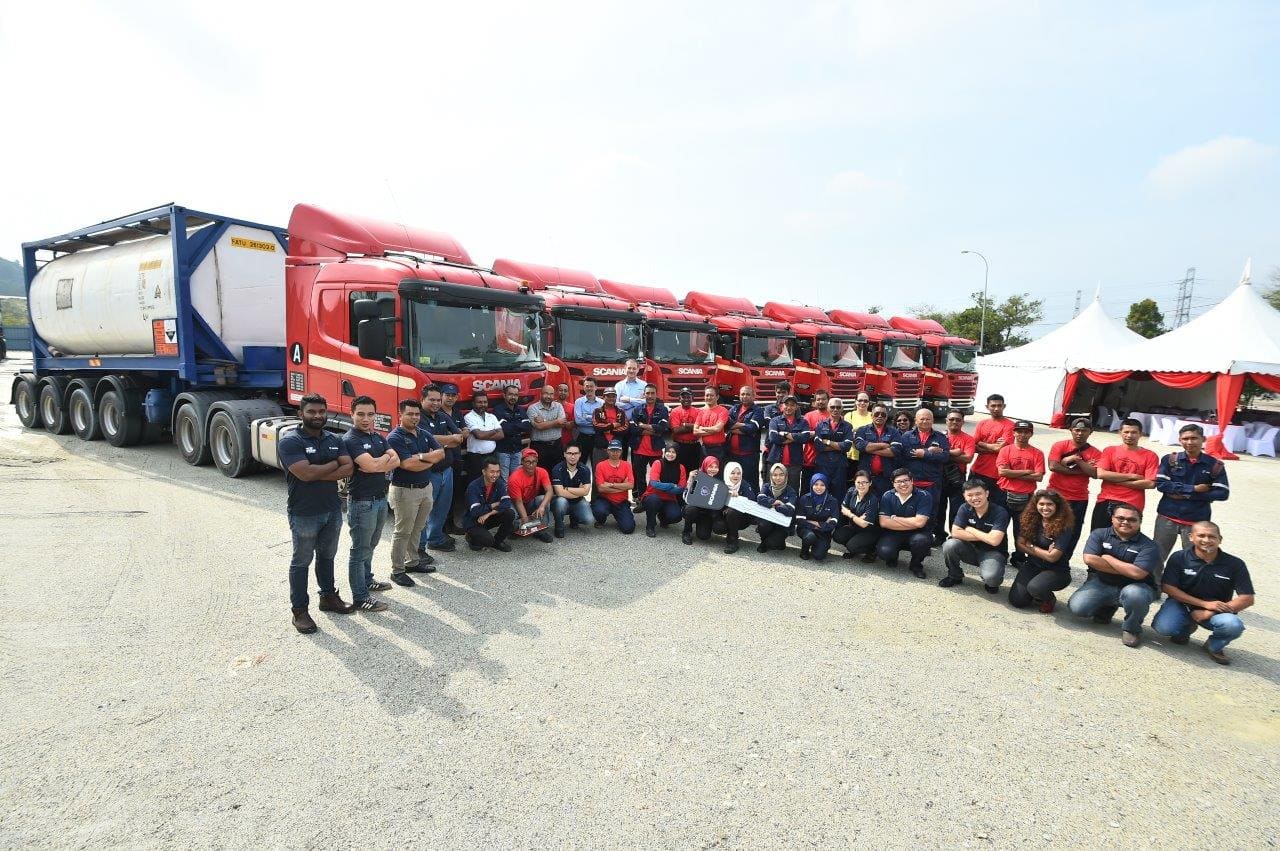 Scania Malaysia has handed over the keys to 12 new Scania trucks to one of its key customers – Circular Agency Sdn Bhd – a wholly owned subsidiary of Malay-Sino Chemical Industries Sendirian Berhad, which in turn is a 98% subsidiary of Batu Kawan Berhad which is listed on the Main Market of Bursa Malaysia Securities Berhad.
Scania Malaysia has handed over the keys to 12 new Scania trucks to one of its key customers – Circular Agency Sdn Bhd – a wholly owned subsidiary of Malay-Sino Chemical Industries Sendirian Berhad, which in turn is a 98% subsidiary of Batu Kawan Berhad which is listed on the Main Market of Bursa Malaysia Securities Berhad.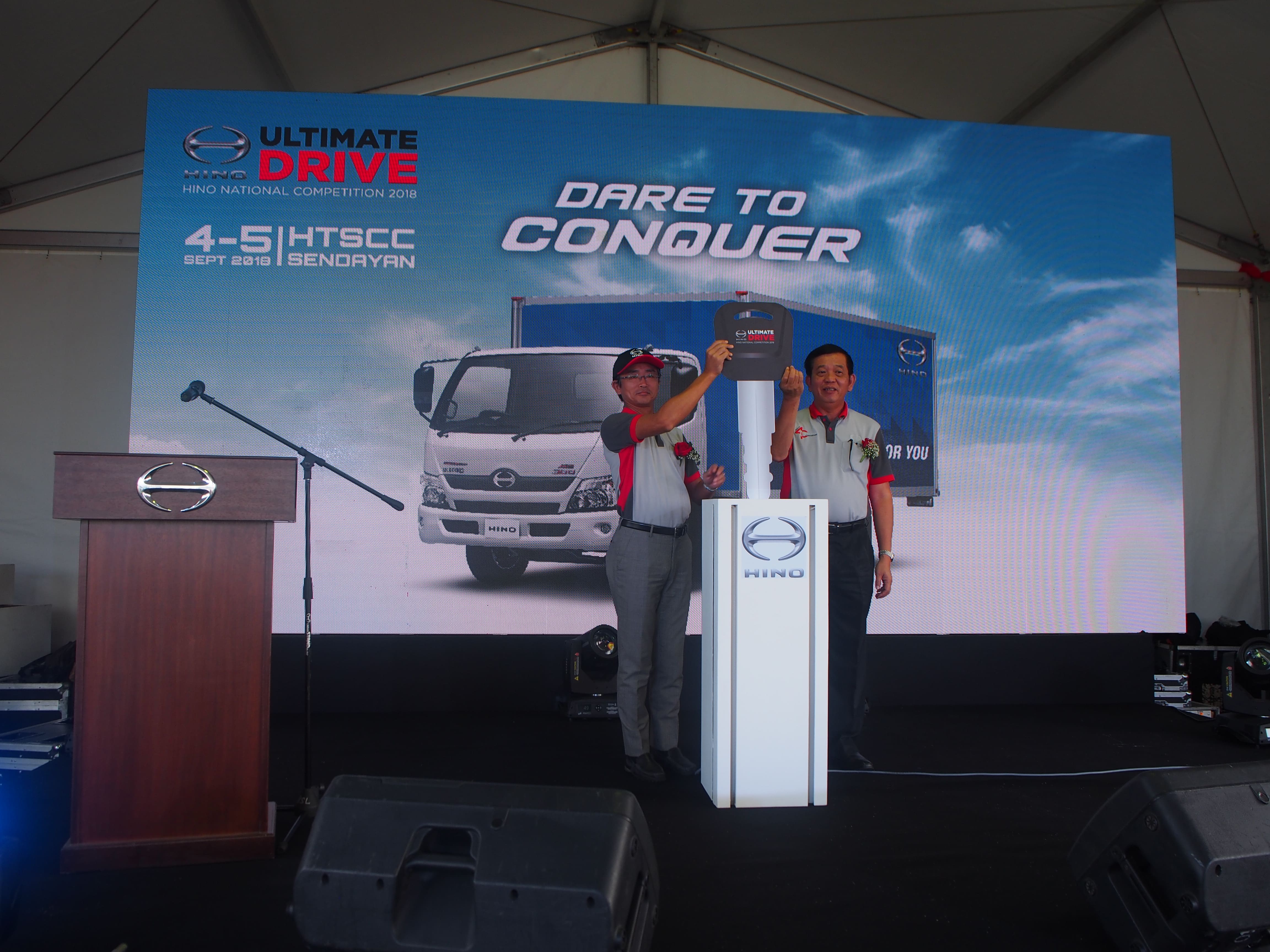
The two-day event held on September 4 and 5 witnessed the participation of 16 companies and 28 eager drivers who tested their driving skills through several challenges and programmes. Most of the participants had gone through the HTSCC professional drivers' training programme which focused on safety, defensive driving, fuel-saving driving, and drivers familiarisation training.
The Hino Ultimate Drive 2018 competition comprehensively tested participants in four areas namely theory, practical driving skills, daily vehicle inspection habits and fuel-efficient economy driving.
Under the theory section, participants answered 50 questions on general safety and driving knowledge. Asian Trucker caught up with participant Mohd Sahrullizal Che Said, 39, from Radifleet Sdn Bhd who said the questions were quite tough. "We were briefed on the competition format and we already knew that there would be a theory section but if we didn't study for it, we wouldn't be able do well." Sahrullizal prepared for the competition by studying on safety and engine care and practising his driving skills.
Although he had been driving for Radifleet for 12 years, the five-tonne truck used in the competition differed from the 18-tonne truck that Sahrullizal drove for work every day. "I'm not used to it, but I did manage to get in a few practice sessions with a five-tonne truck. Not only the driving style, but the engine is also different," he said. With 27 other competitors and this being the first competition by Hino, Sahrullizal did not know what to expect in terms of achievement and just aimed to do his best. "This competition will help me be a better driver and I can also contribute to my company by being more fuel-efficient," he added while waiting for his turn for the next section which was driving skills.
The driving skills section covered seven areas namely hill start, triangular crank, "S" shape crank, reverse garage parking, reverse parallel parking, right angle crank and narrow road driving. This went on until about 4pm before competitors were brought back to the hotel to re-energise for the next day.
Day 2 saw them tested on daily vehicle inspection including engine check, brake, and clutch, oil leakage, visibility, electrical equipment, and tyres. They also showcased their skills on fuel-efficient driving techniques and consumption.
Hino Motor Sales (Malaysia) Sdn Bhd Managing Director, Ken Iwamoto said through this competition, Hino also wanted to help boost the brand image and productivity of their customers.
"Road safety has always been a paramount concern in Malaysia. Hino is doing its part to help reduce the accident rate due to the human error via defensive driving training programme and competition. We also hope to contribute towards the cost-effectiveness of our customers' businesses operations through the inclusion of eco-driving techniques and habits," he said.
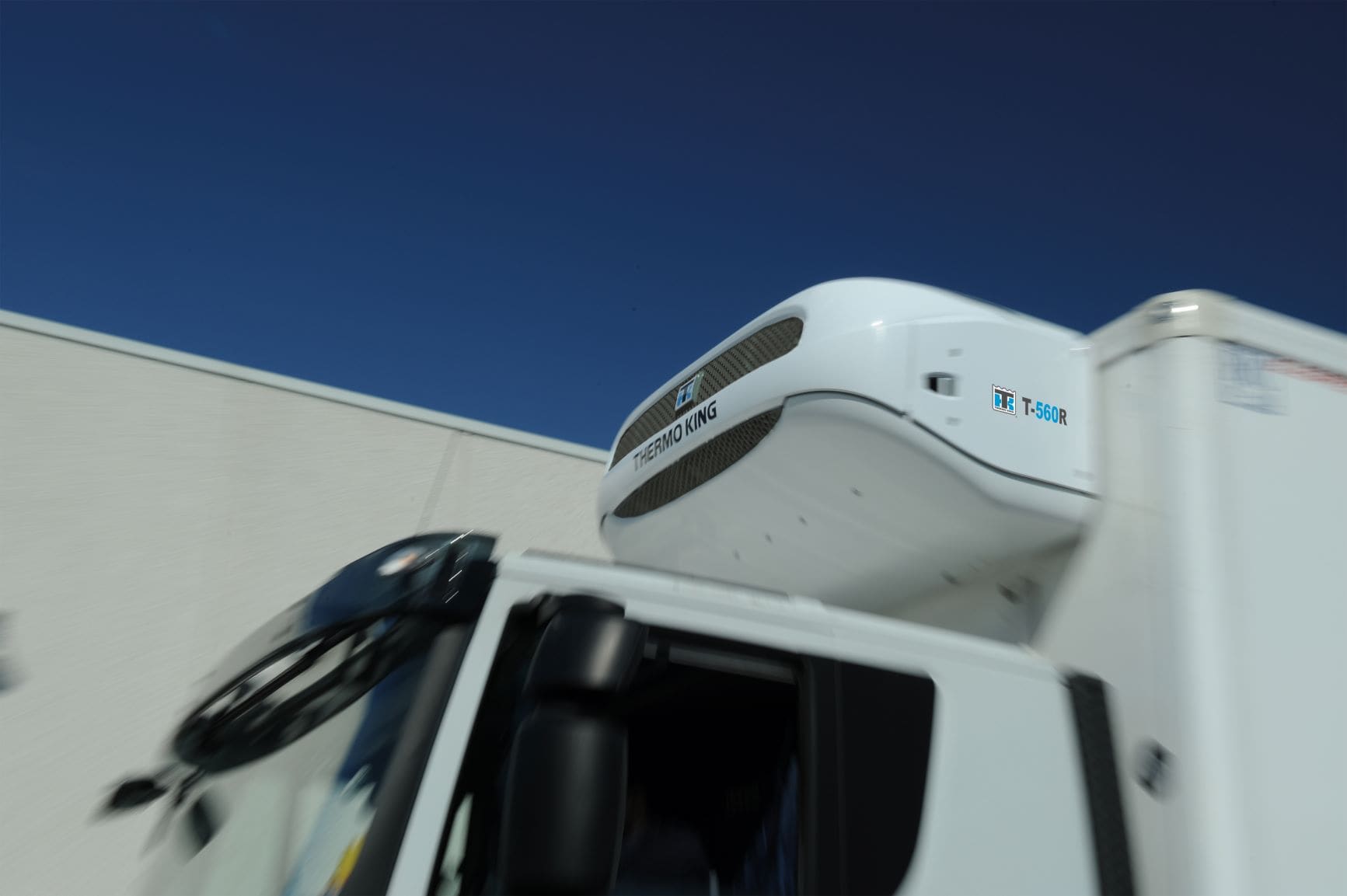 Thermo King and Frigoblock, transport solutions brands of Ingersoll Rand, a world leader in creating comfortable, sustainable and efficient environments introduced a series of truck and trailer innovations harnessing the power of electricity, data and clean technology at the IAA Commercial Vehicles Show on Sept. 20-27 in Hannover, Germany.
Thermo King and Frigoblock, transport solutions brands of Ingersoll Rand, a world leader in creating comfortable, sustainable and efficient environments introduced a series of truck and trailer innovations harnessing the power of electricity, data and clean technology at the IAA Commercial Vehicles Show on Sept. 20-27 in Hannover, Germany.The E-200 is using components never seen before in the refrigerated transport industry. Chief among these is a new controller that can adapt the capacity based on the actual need, available power and manage different available power sources at the same time.
• 50 percent reduction in GHG refrigerant footprint of its products by 2020 and lower-GWP alternatives across its portfolio by 2030;
• $500 million investment in product-related research and development to fund long-term GHG reduction
• 35 percent reduction in the greenhouse gas footprint of its own operations by 2020
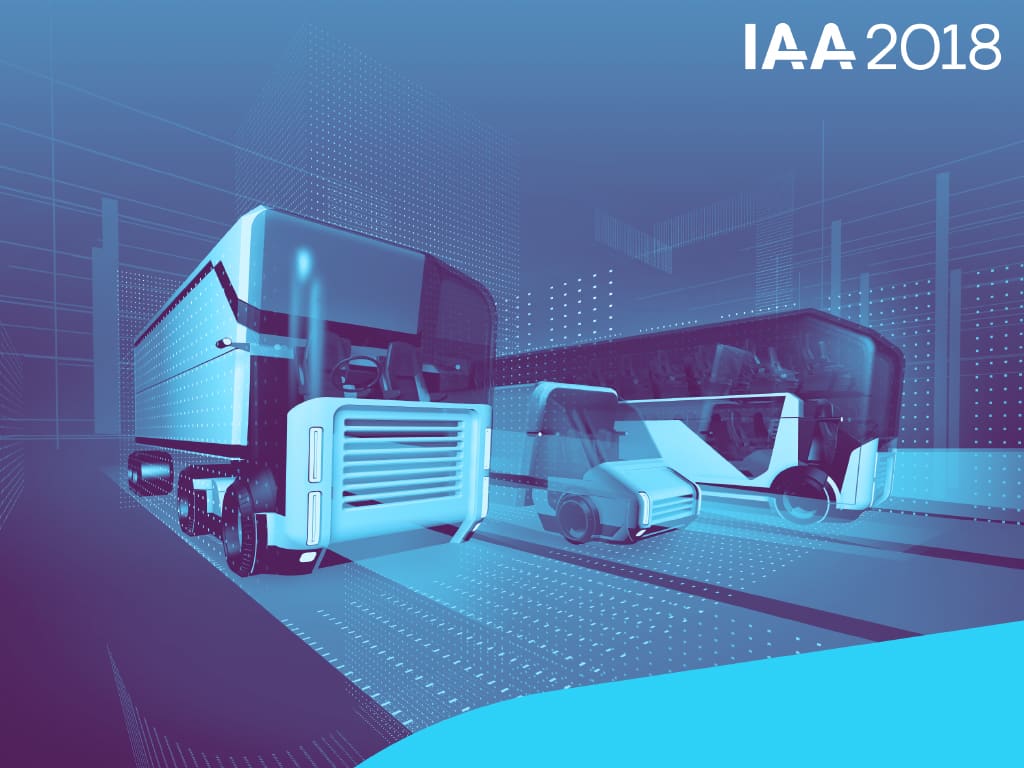 The 67th IAA Commercial Vehicles is ready to start.Today we wish to give you the latest facts and figures about the 67th IAA Commercial Vehicles and draw attention to the main focuses at the world’s most important trade show for transport, logistics and mobility.
The 67th IAA Commercial Vehicles is ready to start.Today we wish to give you the latest facts and figures about the 67th IAA Commercial Vehicles and draw attention to the main focuses at the world’s most important trade show for transport, logistics and mobility.Commercial vehicle markets in good form
The international commercial vehicle markets (over 6 t) are in good form for this IAA. They have pushed up their year-to-date figures (January to July). That applies to Western Europe (+2 percent), China (+8 percent) and in particular to the US (+18 percent).
Even Brazil, a cause for concern over recent years, is once again generating optimism. Sales up to July rose by more than 50 percent – however, we are still a long way from previous record levels. The Indian commercial vehicle market has also grown strongly (+45 percent).
Yet we cannot ignore the political risks around the world which also affect commercial vehicles. In the close-knit international transport and supply chains in particular, trends toward more protectionism, import duties and trade barriers ultimately do not benefit anyone. We are therefore taking action worldwide to support free and fair trade. Transport and logistics need accessible markets.
The market for light commercial vehicles (up to 6 t) isalso doing well. We expect that sales in Western Europe during 2018 as a whole will rise by 2 percentto nearly 2 million vehicles.
To summarize, the markets support this IAA. In addition, the flourishing online trade means that business in vans is booming in Germanyand Europe. And theOEMsand suppliers notice the benefits.
Driving tomorrow – thefuture of mobility at the IAA
The slogan of this IAA is “Driving tomorrow.” This embodies the fact that thesector is facing up to themajor challenges of thefuture: digitization, connectivity, automateddriving, electric mobility andother alternative powertrains. Furthermore,the industry is addressing central issues in urban logistics andmobility.
At this IAA it is becoming clear that thecompanies – the makers of heavy-duty trucks and vans, trailers, buses and special vehicles, along with themany suppliers – are preparing intensively for thistransformation that is taking place in powertrainsanddigitization.
Digitizationand e-mobility belong together. Theyare two sides of the same coin. This is because digitization, connectivity andautomation are not only happening in car-2-X communication, but also form an integral part of every new developmentin the drive train.
Digitization makes transportand logistics even safer and more efficient
Road safety can be substantially improved throughdigitization and connectivity – and in the future even more so with automateddriving. For example, in the near future sensorsandcameras will enable commercial vehicles to see and hear. High resolution monitors and cameras will replace exterior mirrors and eliminate all blind spots. This will improve safety, especiallyin urban settings and during turning.
The suppliers are key players in theseinnovationsand in many others. They account for over 70 percent of the value creation in a vehicle. This is why the IAA covers the value chain so comprehensively – which makes it unique among trade shows.
Moreover, the new technologies offer enormous advantages in flexibilityand efficiency. One example demonstrating the potential that lies in connectivity and automation is platooning. This enables even more efficient transportation and even greater CO2 savings over long distances. Driving in a platoon can reduce fuel consumption and CO2 emissions by up to 10 percent. We have proved that platooning is technically feasible – it is already being trialed in everyday logistics. The use of mixed platoons, that is, with trucks from different manufacturers, is an important development goal in the medium to long term.
What is more, commercial vehicles are predestined for automated driving. They have annual mileages of 100,000 to 150,000 km in long-distance traffic, and most of this is on the freeways. By comparison, the average annual mileage of passenger cars is only about 14,000 kilometers, a large portion of which goes on journeysto work.
IAA showcases electric mobility ready for series production
Here in Hannover we can see that the industrialization of electric mobility is not only advancing in passenger cars, but is also taking place in commercial vehicles in particular.
There are many premieres here of vans with electric drive. Visitors to the IAA will experience a quantum jump in e-vans.
This will result in the optimum performance of the daily tasks generally carried out by CEP services, the craft trades and distributors in towns and cities. It offers delivery traffic, where the “last mile” is a key factor, a range of products that satisfy the new logistical requirements and, in addition, have zero local emissions. The traffic in goods is expanding in step with the rapidly growing internet trade, and so is the demand for vans in urban areas.
We are also finding more and morepowertrains with zero local emissions in urban buses, and the portfolio is increasing fast. E-buses improve the situation in towns and cities, and they make an important contribution to the ongoing improvement of air quality.
Even in the case of heavy-duty trucks (up to 26 t) electric mobility is making advances, especially in distribution traffic. However, here electrification is a much greater challenge, owing to the weights and ranges involved. Hybrid and natural gas offer alternative propulsion systems. Fully electric operation will, however, arrive in this segment also, and series production may be expected several years from now.
More than 35 models with alternative powertrains are available for test drives on the IAA trade show grounds. A similarly large number of vehicles with conventional propulsion is also available at the IAA for test drives on the public roads.
However important electric mobility is, in heavy-duty long-distance transport (trucks up to 40 t) the clean and efficient Euro VI diesel will remain the king of the road for the time being – in both economic and environmental terms. There are still potentials for greater efficiency, such as aerodynamic optimization, and trailers with rear or side fins. Natural gas (LNG or CNG) can play a larger role as a fuel for long-distance traffic. CO2-friendly power-to-gas can be used increasingly to decarbonize gas propulsion. The situation is similar in the case of other synthetic fuels (e-fuels), which reduce CO2 output in the existing fleet, not only in new vehicles. In the long term, great opportunities are also available forelectric propulsion using fuel cells.
There are figures backing up this anticipation: compared with the already very good IAA in 2016, we have improved on all relevant indicators:
The number of exhibitors has risen to 2,174; they come from 48 countries.
The exhibition covers 282,000 square meters, whichisa new IAA record.
The number of world premieres has increased byalmost one third, to 435 – alsoa new record.
The marked increased in world premieres reflects the powerful drive for innovation in thesector. There are very many more innovations in theareas of digitization, connectivity, automateddrivingand electric mobility. And in services the number of premieres has actually trebled. This is just a little advance information, and the New Products Directory will be available from noon tomorrow, so we are keeping to the publication time agreed withthe exhibitors.
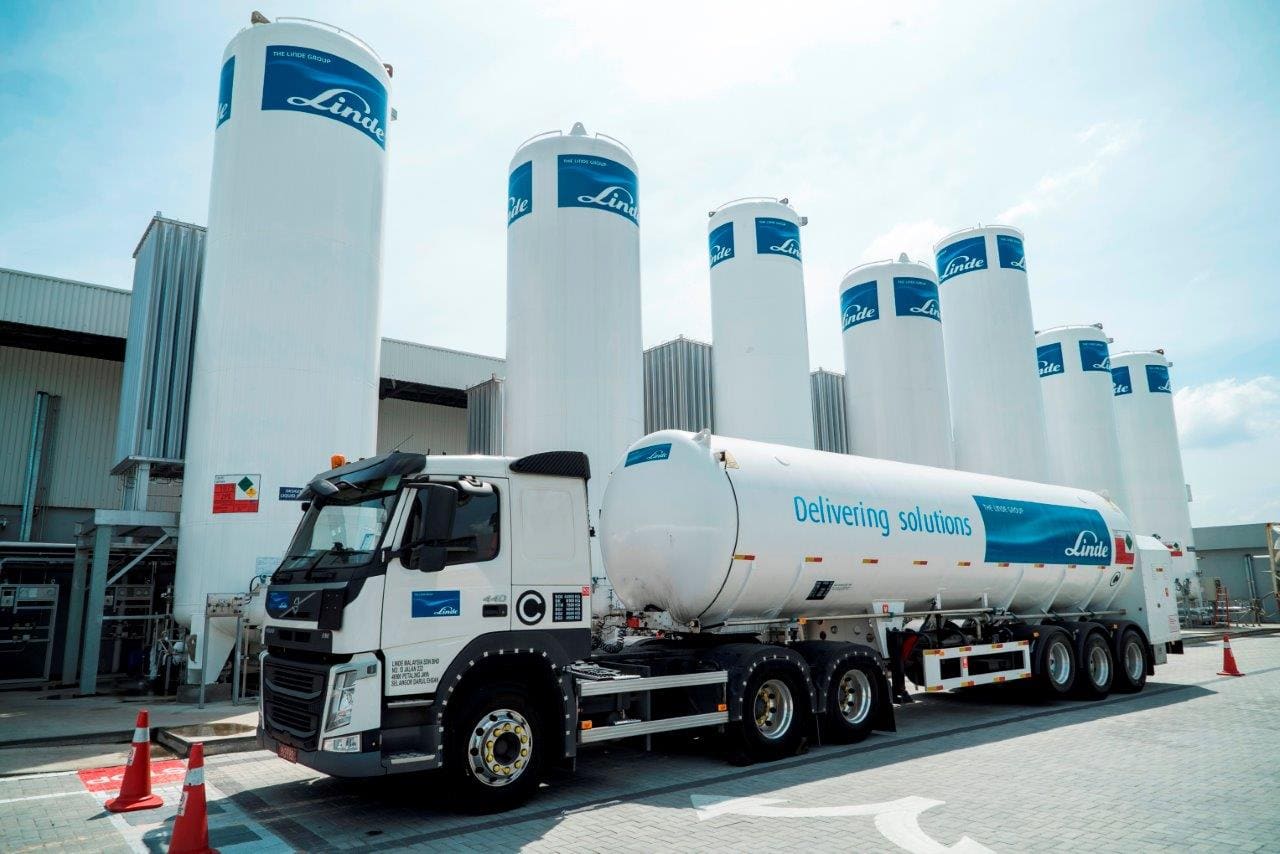 “The world’s challenges associated with global warming (caused by CO2 emissions) pose a fundamental threat to the future of our planet. Linde sees hydrogen as an integral part of our renewable energy future in addressing this challenge. With over 25 years of research and development in hydrogen fuelling technologies, Linde has invested significantly at the global level in the future market for hydrogen. There are strong indicators that the market is receptive towards alternative fuels and energy with alternative mobility becoming more prevalent, particularly in Asia,” explained Linde South Asia and ASEAN Regional Managing Director, Rob Hughes.
“The world’s challenges associated with global warming (caused by CO2 emissions) pose a fundamental threat to the future of our planet. Linde sees hydrogen as an integral part of our renewable energy future in addressing this challenge. With over 25 years of research and development in hydrogen fuelling technologies, Linde has invested significantly at the global level in the future market for hydrogen. There are strong indicators that the market is receptive towards alternative fuels and energy with alternative mobility becoming more prevalent, particularly in Asia,” explained Linde South Asia and ASEAN Regional Managing Director, Rob Hughes.Malaysia is an attractive place for Linde to invest further, tapping into its rich water resource for the production, storage and supply of hydrogen and other industrial gasses. This is partly due to its abundant water resource, receiving an average of 2500 to 5080 millimetres of rainfall annually.
“Technology, innovation and an inventive spirit have been at the core of Linde from the very beginning, making us the technology leader for end-to-end sustainable hydrogen solutions. Linde is no stranger to the automotive industry as we deliver hydrogen fuelling solutions for cars, buses and even forklift trucks. We intend to grow the commercialisation of hydrogen powered fuel cell vehicles and boost our efforts with our partners to create infrastructures that enable greater adoption of hydrogen-electric mobility. Linde has seen success with this model
across Europe and is now extending its focus here in Southeast Asia,” said Hughes.
Hydrogen is categorised as a clean fuel, releasing water vapour when converted into fuel. Hydrogen is produced through natural gas steam reforming or the electrolysis of water. Its carbon-neutral nature means vehicles powered by hydrogen have zero-emissions, a solution that directly helps mitigate climate change. Unlike fossil fuels, hydrogen is the most commonly occurring element in nature, which means it is renewable.
Hydrogen-powered cars are equipped with a hydrogen fuel cell and an electric motor. Inside the fuel cell of the car, the hydrogen reacts with oxygen drawn in from the ambient air. Hydrogen molecules separate and create electricity to power the electric motor, and water. The automotive industry stands to benefit from Fuel Cell Electric Vehicles (FCEVs) because they help reduce Greenhouse Gas (GHG) emissions which greatly mitigates climate change. This further supports the nation’s aspirations to reduce carbon emissions as demonstrated by the Ministry of Energy, Green Technology, Science And Climate Change’s (Mestecc) recent announcement to introduce an Energy Efficiency Bill in 2019 to help Malaysia cut carbon emissions by 45 per cent by 2030 in compliance with the Paris climate accord.
Hydrogen powered fuel cell vehicles have a short refuelling time of only three minutes and the ability to cover 500 to 600 km. This makes hydrogen-powered vehicles comparable to conventional vehicles. The water vapour from the exhaust of a hydrogen-powered vehicle is clean to the point that it is drinkable, demonstrating its zero emissions feature.
Solidifying its commitment to the Malaysian market, Linde will be providing its technological expertise across the hydrogen value chain to Sarawak Energy Berhad (SEB), following the construction of the latter’s pilot hydrogen production plant and refuelling station, the first of its kind in the state of Sarawak and Southeast Asia. Linde also signed a Memorandum of Understanding to explore the potential of hydrogen and how it can be potentially applied into other aspects together with SEB. The move demonstrates interest in clean fuel alternatives for a more sustainable automotive industry in Malaysia.
To date, Linde has equipped around 150 fuelling stations globally with innovative hydrogen refuelling technology. Linde is actively involved in collaborative partnerships to jointly develop new solutions for hydrogen as a fuel. It is a member of the ‘Hydrogen Council,’ the first global initiative of its kind, launched in January 2017, with the goal of positioning hydrogen among the key solutions of the energy transition to help meet climate goals. The council is made up of 13 CEOs and Chairpersons from various industries and energy companies including
Daimler, Royal Dutch Shell, The Linde Group, Alstom, Honda, Hyundai, Kawasaki and Toyota among others.
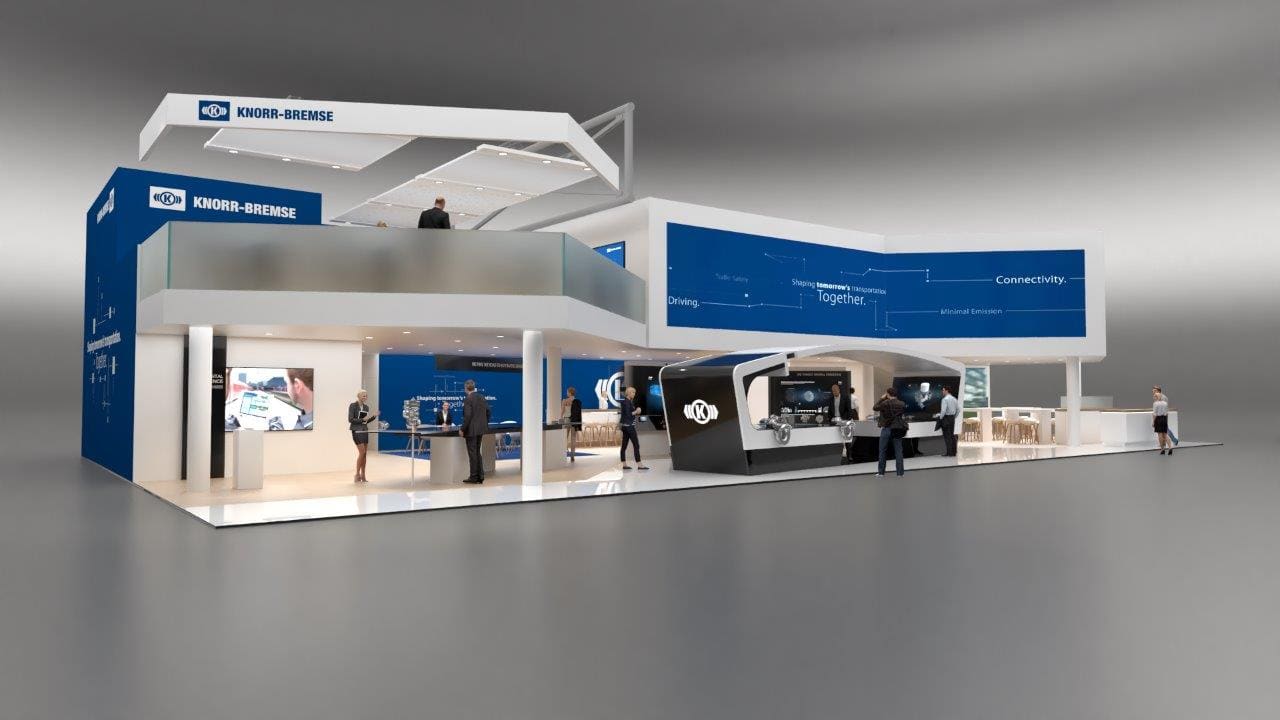 Bernd Spies, Chairman of the Executive Board of Knorr-Bremse’s Commercial Vehicle Systems division, sums up the company’s approach: “When selecting our exhibits, we were much more focused than in previous years, choosing to concentrate on the customer benefits that our systems deliver and their innovative properties, and presenting these far more elaborately than in the past by means of animations and graphic displays. With the aid of the latest presentation technologies we can enter into direct dialogue with visitors and explain the solutions we can offer for the mobility of the future.”
Bernd Spies, Chairman of the Executive Board of Knorr-Bremse’s Commercial Vehicle Systems division, sums up the company’s approach: “When selecting our exhibits, we were much more focused than in previous years, choosing to concentrate on the customer benefits that our systems deliver and their innovative properties, and presenting these far more elaborately than in the past by means of animations and graphic displays. With the aid of the latest presentation technologies we can enter into direct dialogue with visitors and explain the solutions we can offer for the mobility of the future.” It’s all about safety The core products from the Knorr-Bremse portfolio on the topic of Traffic Safety are on show in the centerpiece of the booth, a stylized truck-and-trailer model. These include the two new disc brakes, SYNACT® and NEXTT®, and the new GSBC brake control system, through which Knorr-Bremse has amalgamated the ABS and EBS system architectures. Other products on show in the context of traffic safety include the steering, the EAC air treatment system with integrated parking brake, and the vehicle environment sensors. Also in the line-up is the new all-aluminum two-piston compressor with clutch which delivers the compressed air and thus serves as the basis for many different functions such as braking, pneumatic suspension, and coupling tractor vehicles and trailers. The aluminum compressor is substantially lighter than its predecessor, contributing to a reduction in emissions. Large-scale touchscreens let visitors dive deep into the details and workings of the systems on show, from compressed air generation via its treatment and distribution all the way to the brake control system and the wheel brake.
Connectivity – focus on application scenarios
With the two large touchscreens on the Connectivity island, visitors can take a detailed look at the wide range of functions offered by the cross-brand telematics solution Knorr-Bremse ProFleet Connect®, the SafetyDirect system which is used primarily in North America, and the iTAP trailer remote control system within a variety of application scenarios, sorted by target groups. For fleet operators there are ways of optimizing the coordination of their trucks and trailers, boosting capacity uptake or reducing their administrative cost and effort, each configurable to match the application in question. Drivers can expect benefits such as driving tips delivered in real time, streamlined documentation or wireless trailer control via smartphone app. Visitors can choose from among multiple application scenarios and discover the benefits that the various connectivity solutions can offer them based on concrete examples.
Minimizing emissions – solutions for vehicles with combustion engines and for electric mobility
Trucks with combustion engines will remain a mainstay of long-distance transportation, while urban deliveries in particular will increasingly be handled by electric vehicles. So the range of exhibits on this island extends from high-precision, rapid-action actuators and intelligent control units to cut fuel consumption in conventional powertrains, all the way to high-performance electrical systems to drive electric vehicles and provide them with onboard power. Also on show are purely mechanical solutions such as Active Caliper Release (ACR) that help improve environmental compatibility and energy efficiency. And there are answers to questions like: Why do the high-precision electric actuators for the engine air management play an important part in attaining the upcoming emissions targets for diesel engines? Or what makes the electrically powered screw compressor so important in electric mass transit solutions?
Automated driving – an overview of driver assistance systems and automated driving functions
On the Automated Driving island visitors can obtain an interactive overview of established and future driver assistance systems from Knorr-Bremse. They will learn which components are involved, how commercial vehicle driver assistance systems differ from those in cars, and what the technical prerequisites are. The outcome is a clearer understanding of the gradual evolution from more and more versatile assistance functions to highly automated driving. In this sector, Knorr-Bremse has already set a number of milestones in the commercial vehicle market. In 2010, Knorr-Bremse brought the first ever emergency braking system to market; in 2015, the first system that employed data fusion to evaluate a combination of radar and camera data. At the IAA Commercial Vehicles show in 2016, Knorr-Bremse presented a prototype that was able to perform Autonomous Yard Maneuvering, moving fully autonomously within an enclosed depot. That same year, Knorr-Bremse also presented a blind spot assistant that uses radar and cameras to monitor the relevant side of the vehicle. The driver receives a visual or acoustic warning signal if there is a cyclist or pedestrian in the danger zone. Figures from the German Federal Statistical Office for 2016 show that 17% of accidents involving commercial vehicles occur during “turning off, turning round, reversing, maneuvering or moving off.” The blind spot detection system presented by Knorr-Bremse can help bring about a significant reduction in the number of blind-spot accidents involving bodily harm.
New Mobility World Live – highly automated driving functions in action
The prototype truck on show at the IAA 2018 can drive sections of the route on motorways/freeways in fully automated mode and represents an important milestone in the development of highly automated driving, which Knorr-Bremse is actively driving forward. The foundations here are provided by Knorr-Bremse’s wide-ranging product portfolio that extends well beyond integrated braking and steering actuation. Even in the (simulated) event of a critical error, the vehicle can continue on its way. With these intelligent redundancy concepts, Knorr-Bremse shows, for example, how the braking system can even temporarily replace the steering in real time.
Trailer and aftermarket topics in the outdoor area
To provide visitors with a concrete impression of the technical advances that have been made, the trailer and TruckServices booth in the outdoor area between halls 17 and 23 offers three different kinds of display:
• product components from the trailer brake, brake control and chassis management segments;
• a trailer chassis tipped to one side in which the important components are installed;
• and animated displays that provide insights into the inner workings of individual components and compare the different system generations. Tablet computers help visitors dive into present and future scenarios with the aid of augmented reality.
Then there is the extensive portfolio of professional maintenance and repair services and the cross-brand telematics system Knorr-Bremse TruckServices ProFleet Connect, as well as the intelligent Trailer Access Point (iTAP).
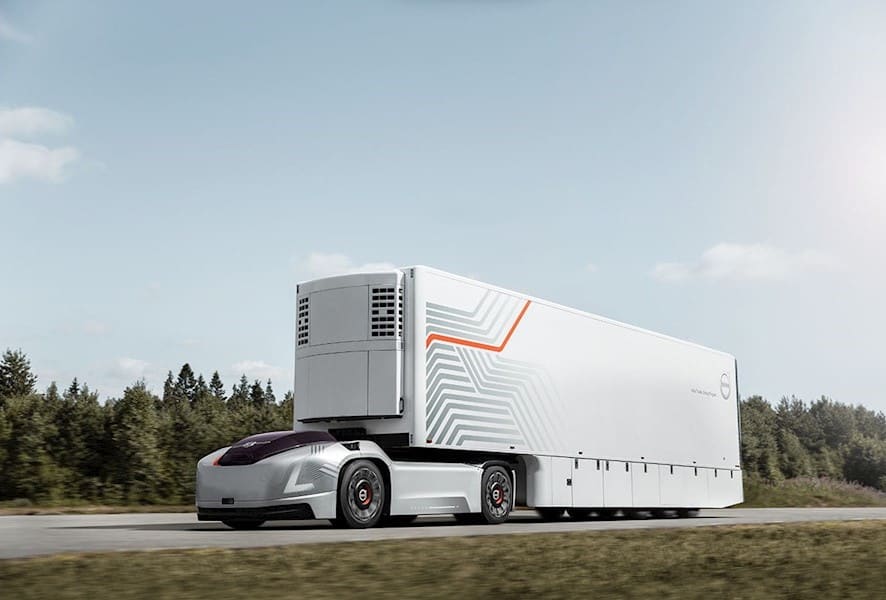 Volvo Trucks is now presenting a new transport solution consisting of autonomous electric commercial vehicles that can contribute to more efficient, safer and cleaner transportation. The long-term goal is to offer companies that need continuous transport services between fixed hubs a complement to today’s offerings.
Volvo Trucks is now presenting a new transport solution consisting of autonomous electric commercial vehicles that can contribute to more efficient, safer and cleaner transportation. The long-term goal is to offer companies that need continuous transport services between fixed hubs a complement to today’s offerings.
Growing world population and increasing urbanization are leading to significant challenges to solve environmental issues such as congestion, pollution and noise. Rising consumption, the fast growth of e-commerce and the wide-spread shortage of drivers put higher demands on efficient transport solutions.
"The full potential of the transport industry is yet to be seen. Everything suggests that the global need for transportation will continue to significantly increase in the coming decade. If we are to meet this demand in a sustainable and efficient way, we must find new solutions. In order to secure a smoothly functioning goods flow system we also need to exploit existing infrastructure better than currently. The transport system we are developing can be an important complement to today's solutions and can help meet many of the challenges faced by society, transport companies and transport buyers," says Claes Nilsson, President Volvo Trucks.
Volvo Trucks' future transport solution is intended to be used for regular and repetitive tasks characterised by relatively short distances, large volumes of goods and high delivery precision. Transports between logistic hubs are typical examples, but additional use cases can also be applicable.
"Our system can be seen as an extension of the advanced logistics solutions that many industries already apply today. Since we use autonomous vehicles with no exhaust emissions and low noise, their operation can take place at any time of day or night. The solution utilises existing road infrastructure and load carriers, making it easier to recoup costs and allowing for integration with existing operations," explains Mikael Karlsson, Vice President Autonomous Solutions.
The operation is handled by autonomous electric vehicles linked to a cloud service and a transport control centre. The vehicles are equipped with sophisticated systems for autonomous driving. They are designed to locate their current position to within centimetres, monitor in detail and analyse what is happening with other road users, and then respond with high accuracy.
The transport control centre continuously monitors the progress of the transport and keeps an accurate watch of each vehicle's position, the batteries' charge, load content, service requirements and a number of other parameters. As with an industrial production process, speed and progress are tailored to avoid unnecessary waiting and to increase delivery precision. In this way it will be possible to minimise waste in the form of buffer stocks, and increase availability. Vehicles that operate on the same route cooperate to create optimal flow.
In the near future, Volvo Trucks' transport solution will be further developed together with selected customers in prioritized applications.
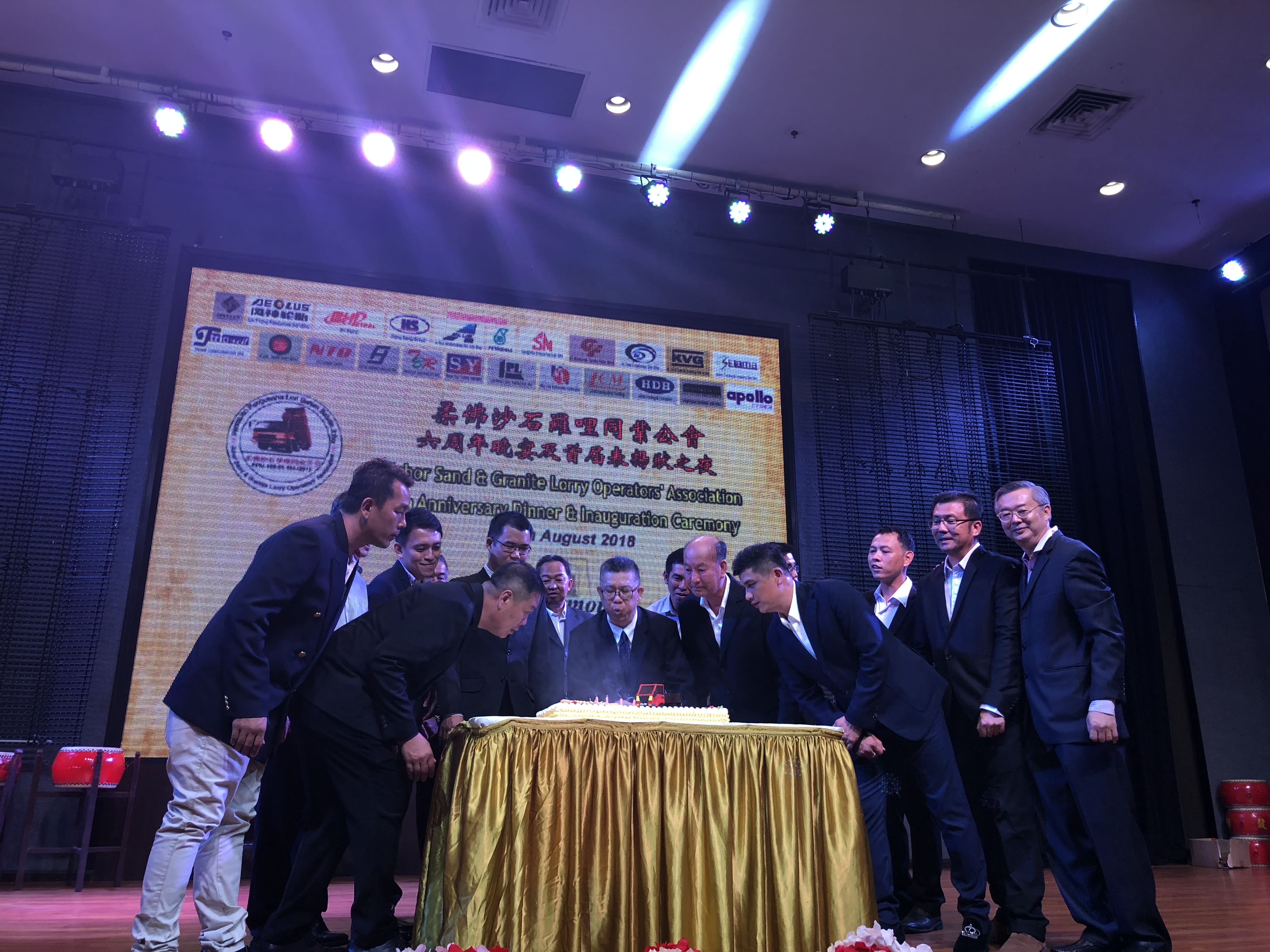
President Frankie Chia, in his opening speech shared some insightful information on the industry that was hard to come by. As operators in the sand and granite industry, they are constantly being watched by regulators to abide by strict rules due to the nature of the industry. Quarries and mines are highly dangerous places where one small mistake could lead to a disaster. Therefore, these operators acknowledge that there is a need for strict rules.
However, rigid rules by the regulators result in time consumed and increased operation costs to the operators. The operation wishes those laws could be looked into by the regulators to improve the situation which would eventually benefit end users. An example to the situation would be the standardisation of working days. As the state of Johor observes a Friday and Saturday off week, this causes disruption the operations which involves inter-state or inter-country (in the case of Singapore) travelling. As operators are bound by the law to observe strict working days, this inevitably would somehow obstruct the running of the trade.
Further complications include the procedural inconvenience that arises from the application of permits. Currently, the state of Johor utilises the 4C permit application process which sees operators having to apply for permit 3 days in advance. This process causes inconvenience and slows down the operation. Other states have long since employed more flexible application systems such as coupon or even e-coupon as in the case of Selangor. The association hopes that the local state regulators will improve the current situation for them without compromising on safety.











